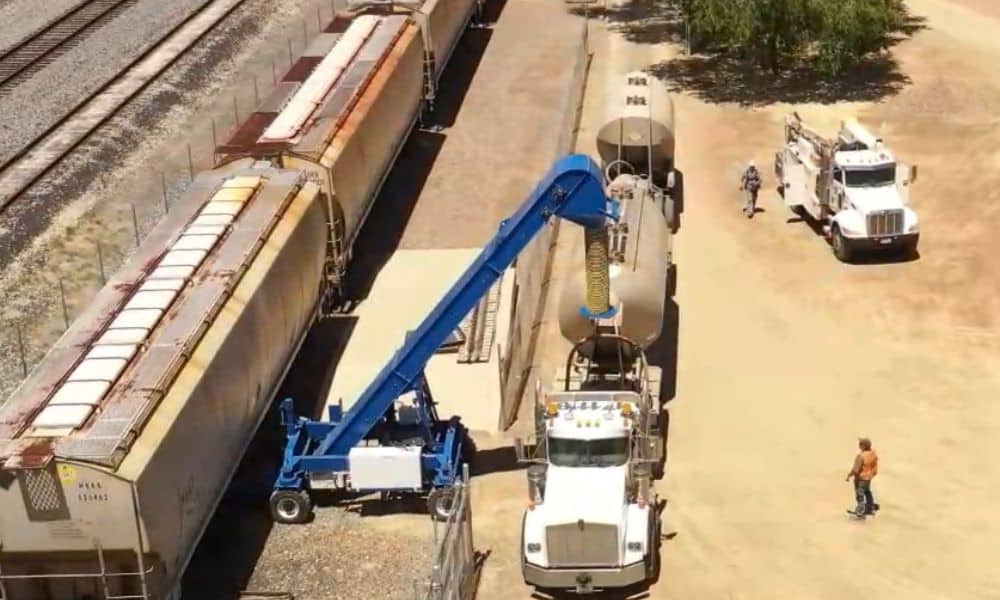
Are you considering a transloading system for your business? As efficient as they can be, understanding their pros and cons is essential before taking the plunge. We’ll take an in-depth look at the challenges and benefits of transloading systems so you can make an informed decision for your business.
Understanding Transloading Systems
Transloading systems provide an efficient way to transfer cargo from one transportation mode to another. In today’s globalized economy, businesses need to move goods quickly and cost-effectively. This is where transloading systems come in; they allow companies to move cargo across different transportation modes, such as trucks, trains, and ships.
Transloading takes place at a transfer facility where goods are unloaded from one mode of transportation and reloaded onto another to continue their journey to their destination. This multi-modal approach to transportation can improve supply chain efficiency, reduce transportation costs, and reduce the time it takes for customers to receive goods. Understanding the ins and outs of transloading systems is the key to optimizing your business’s logistics operations.
Challenges of Transloading Systems
Transloading systems present their own set of challenges for businesses. Logistics coordination is one of the most significant challenges. Transloading requires the coordination of multiple parties, such as shippers, carriers, and receivers. This process can result in logistical complexities and increased costs. Additionally, handling costs can be challenging to calculate when switching modes or transferring freight between vehicles. Weather conditions like snow, rain, and wind can also pose problems when transloading, causing delays and added costs. However, by utilizing advanced technology and effective logistics strategies, businesses can overcome the challenges associated with transloading systems and enjoy their benefits.
Benefits of Transloading Systems
Transloading systems have revolutionized how businesses transport cargo. These systems offer a variety of benefits that positively impact supply chain operations. In particular, transloading systems boost speed and efficiency, helping companies transport products rapidly without sacrificing quality. These systems can also consolidate shipments, making it easier to organize and streamline transportation processes.
Businesses can increase their supply chain flexibility by taking advantage of the different modes of transportation. This process helps to reduce costs, as companies won’t have to invest in their own fleets. Lastly, companies looking to scale their operations can facilitate growth with transloading systems by expanding transportation options and connecting businesses with new networks. The benefits of transloading systems cannot be overstated: they play a critical role in optimizing the supply chain and reducing shipping costs.
Now that you understand the benefits and drawbacks of transloading systems, you can determine if this is the right option for your business. If you’re looking for portable railcar unloading conveyors for sale, check out Cambelt’s selection today. We have everything you need for efficient cargo transport!
